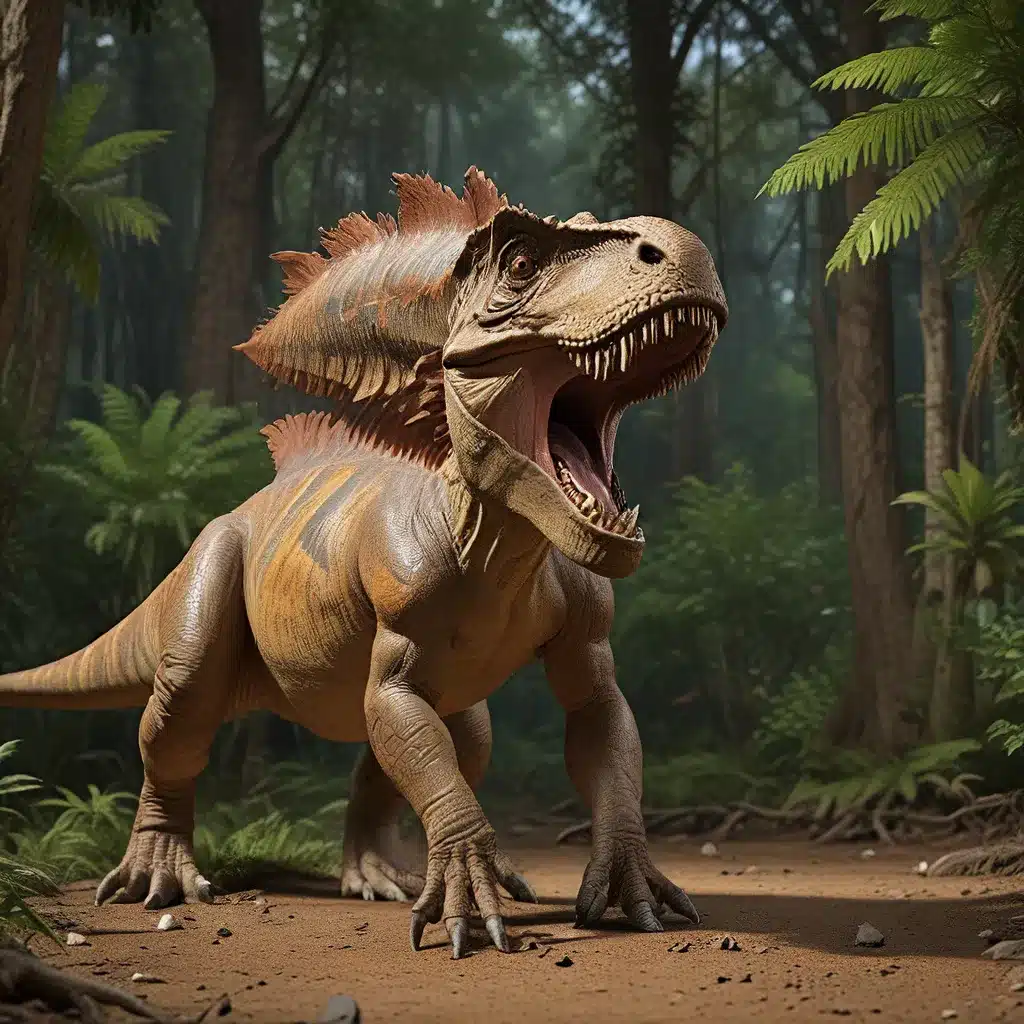
Unveiling the Complexities of Prehistoric Societies
Delving into the enigmatic world of dinosaurs, researchers have uncovered a fascinating tapestry of social structures that defies common assumptions. Contrary to the popular perception of these ancient behemoths as solitary, aggressive creatures, recent discoveries have shed light on the intricate web of relationships and behaviors that governed their existence.
Groundbreaking archaeological findings have revealed that dinosaurs, much like modern social animals, engaged in complex interactions, formed familial bonds, and even exhibited cooperative behaviors within their communities. By delving into the fossilized remains and meticulously studying the evidence left behind, scientists have uncovered a remarkable understanding of these prehistoric societies.
Uncovering the Kinship Ties of Dinosaur Clans
One of the most significant discoveries in the realm of dinosaur social structures has been the identification of familial relationships within certain species. Through the examination of nesting sites and the analysis of bone structures, researchers have determined that some dinosaurs lived in close-knit family groups, with parents caring for their young and even siblings forming strong bonds.
For instance, the discovery of a Maiasaura nesting ground in Montana has provided invaluable insights into the parental care and cooperative behaviors of these plant-eating dinosaurs. The fossilized remains of adult Maiasaura guarding their nests, alongside the evidence of hatchlings and juveniles residing in the same communal spaces, suggest a level of social complexity that challenges the traditional perception of dinosaurs as solitary creatures.
Similarly, the analysis of Triceratops fossils has revealed the presence of multi-generational family groups, with adults and their offspring coexisting in close-knit herds. This discovery not only highlights the social nature of these iconic horned dinosaurs but also provides clues about their communication and decision-making processes within their communities.
Exploring the Cooperative Behaviors of Dinosaur Societies
Contrary to the common depiction of dinosaurs as fierce, individualistic predators, recent evidence suggests that certain species exhibited cooperative behaviors that benefited their communities as a whole.
Analyses of fossilized trackways have uncovered instances where multiple individuals of the same species traveled and foraged together, suggesting the existence of coordinated group movements and possibly even a division of labor within their communities.
The discovery of Deinonychus fossils in Montana provides a striking example of this cooperative behavior. The remains of these ferocious raptors were found in close proximity, with evidence of a coordinated hunting strategy that involved ambushing and overwhelming their prey. This finding challenges the commonly held notion of dinosaurs as solitary hunters and instead points to a level of social intelligence and collaborative hunting techniques.
Furthermore, the discovery of Protoceratops fossils in Mongolia has revealed the presence of complex social structures within these herbivorous dinosaurs. The remains suggest that Protoceratops lived in large, organized herds, with individuals taking on specific roles, such as sentries and foragers, to protect the group and ensure its collective survival.
Unraveling the Mysteries of Dinosaur Communication
Alongside the revelations of social structures and cooperative behaviors, researchers have also delved into the enigmatic realm of dinosaur communication. While the specific mechanisms and complexities of their vocalizations and signaling systems remain largely unknown, recent discoveries have provided tantalizing clues.
The discovery of specialized anatomical structures, such as the complex nasal passages and vocal cords of certain dinosaur species, suggests that they possessed the capacity for a diverse range of vocalizations. These could have ranged from territorial calls and mating displays to more nuanced forms of communication within their social groups.
Furthermore, the detailed analysis of dinosaur feathers and skin structures has revealed the potential for visual signaling, with colors, patterns, and even bioluminescent capabilities potentially playing a role in social interactions and communication.
By studying the fossil evidence and drawing insights from the communication strategies of modern social animals, researchers continue to unravel the mysteries of how these ancient behemoths interacted with one another, forged alliances, and navigated their prehistoric world.
Implications for Understanding Dinosaur Evolution and Behavior
The discoveries surrounding the social structures and cooperative behaviors of dinosaurs have profound implications for our understanding of their evolution and the complex relationship between these prehistoric titans and their environment.
Firstly, the recognition of familial bonds and group-level decision-making challenges the traditional view of dinosaurs as solitary, aggressive creatures. This revised understanding of their social dynamics has the potential to reshape our interpretations of their behavioral adaptations, cognitive abilities, and even the selective pressures that shaped their evolution over millions of years.
Secondly, the evidence of cooperative hunting strategies and coordinated group movements suggests a level of social intelligence and problem-solving skills that were previously underestimated. This newfound perspective on dinosaur behavior could shed light on the factors that contributed to the rise and dominance of certain species within their respective ecosystems.
Thirdly, the insights into dinosaur communication systems and signaling mechanisms open up avenues for further exploration. Understanding how these ancient creatures conveyed information, expressed social hierarchies, and navigated their complex social landscapes can provide valuable clues about their cognitive capabilities and the evolutionary origins of communication in the animal kingdom.
As our understanding of the prehistoric world continues to evolve, the revelations about dinosaur social structures and cooperative behaviors have profound implications for how we interpret their role in the grand tapestry of life on Earth. By unraveling the mysteries of these ancient titans, we gain a deeper appreciation for the rich and multifaceted nature of the prehistoric realms that once dominated our planet.


